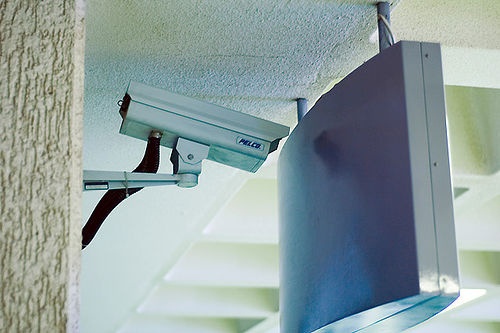It’s happened: you had a major failure of one (or all) parts of your physical security system. Maybe it’s something relatively minor (like the CEO not being able to get access to their office), or something truly catastrophic that is in the news and has dramatically impacted the reputation of your company (and your team). What you should do (after taking a deep breath) to regain and rebuild not just the protection offered by physical security, but the trust and belief that this will never happen again? Here’s a few “best practices” that will start to repair the damage done.
Commit to numbers and reporting
The expectation is that this security failure was a one-off, and you’ll have the capability to prevent it from happening again. Having a consistent method of gather and tracking information about your physical security operations can make sure that the warning signs are not missed the next time. In addition, having regular reporting of those numbers will build belief in your ability to prevent failures in the future.
Heart-monitors exist for a reason
After you’ve had a heart attack the first thing you’re going to have attached to you in the hospital is a heart monitor. What is the heart monitor of your security system? If you’re thinking it’s the cameras, you’re wrong. Or the VMS, or the network. An automated verification solution for physical security systems (like Viakoo) that can analyze each video stream to ensure it is being transmitted and stored properly is the way to go.
Demonstrate changes have happened
Now you’ve got data, changes in place with the heart monitor – now you need to demonstrate that these changes are making a difference. Communicating through regular reporting, access to dashboards on physical security system performance, and even pats-on-the-back (100 days since a video surveillance problem!) can all effectively bring across the message that even if there have been issues in the past, they are not part of the present.
Develop a strong organizational culture against failures
Organizations that are trained, aware, and prepared for potential threats are better able to address them. This goes for physical security, where if there is a broad understanding of the importance of it then you never end up with a single point of failure. That itself can prevent issues from being brushed off or ignored; if they are “nipped in the bud” it greatly reduces the potential for a small failure to turn into a giant one.
Broaden your community
Benchmarking across multiple organizations, and sharing best practices, can add to already strong security teams. It provides the ability to move outside of ruts and see a different perspective. Whether through local chapters of organizations like ASIS, conferences and tradeshows (like the upcoming GSX show in Las Vegas), or informal networking amongst peers, having the ability to build on other organizations learning can help when difficult issues like a physical security system failure happens.
In short, don’t continue doing what you’re doing if your physical security systems are known to not always work as they should. Armed with the right information, used in the right way, any physical security team can recover from failures. As the leader in automated physical security verification and service assurance solution, Viakoo is here to help you maintain and manage world-class physical security.







